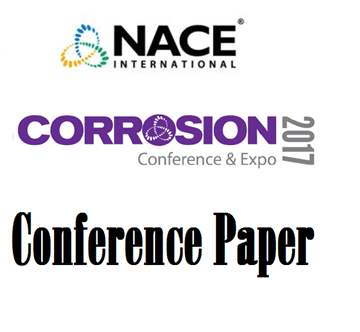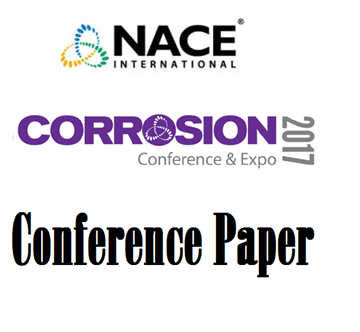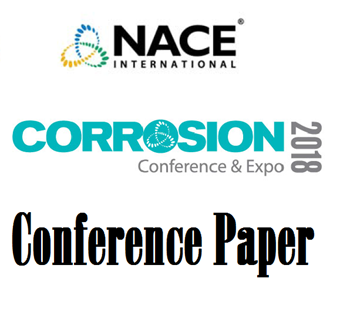Search
51316-7770-Adding it All Up - The Fate of Sessile Microbes Following Biocide Treatment.
Also Purchased
51317--9802-Determining Biocide Selection and Dosage Recommendation via Planktonic and Sessile Kill Studies and Subsequent Biofilm Regrowth: A Case Study
Product Number:
51317--9802-SG
ISBN:
9802 2017 CP
Publication Date:
2017
$20.00
51317--9604-Mitigation of Severe Pitting Corrosion Caused by MIC in a CDC Biofilm Reactor
Product Number:
51317--9604-SG
ISBN:
9604 2017 CP
Publication Date:
2017
$20.00
51318-11616-High Concentration Biocide Treatment of an Oil Pipeline
Product Number:
51318-11616-SG
Publication Date:
2018
$20.00




